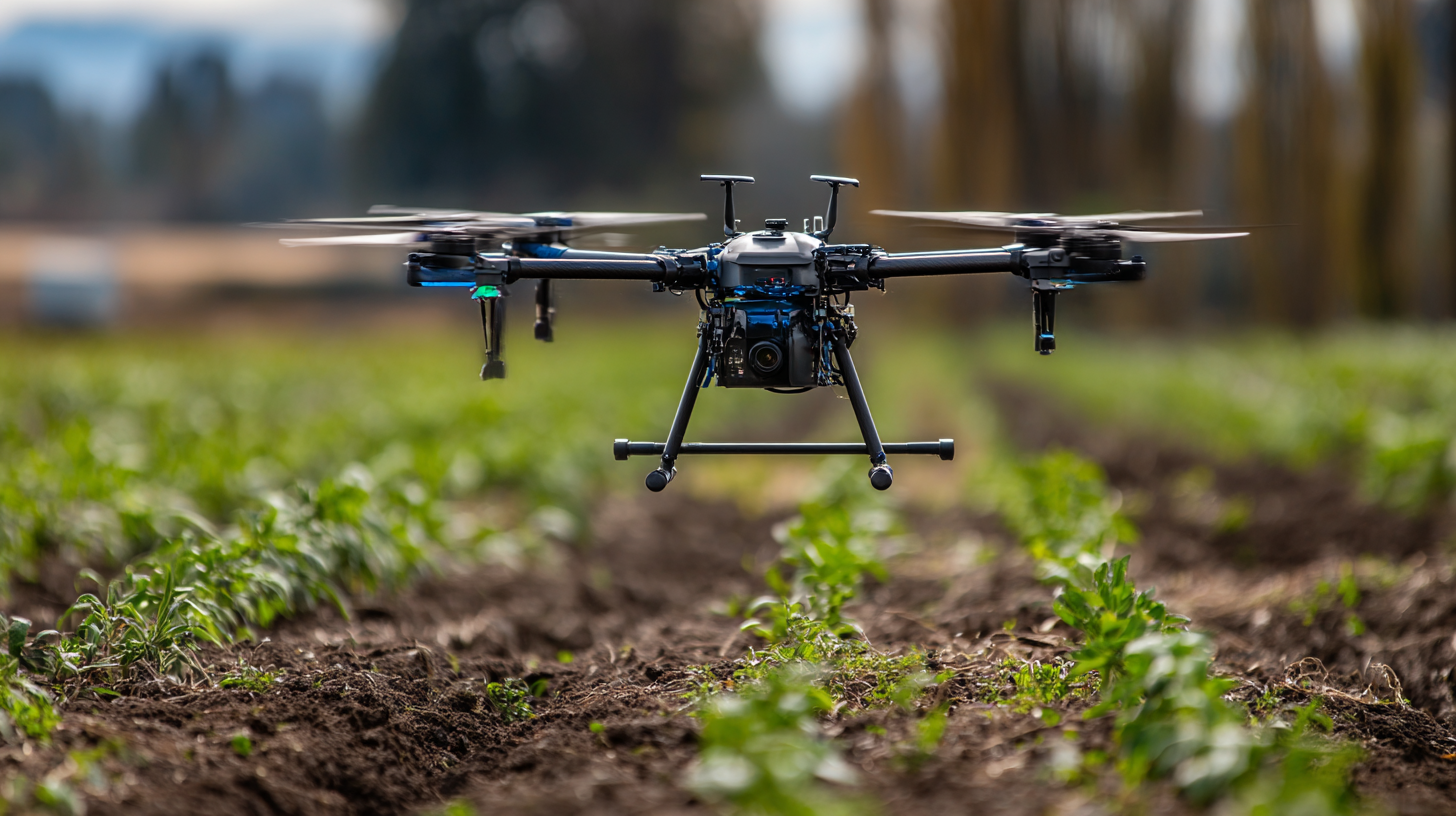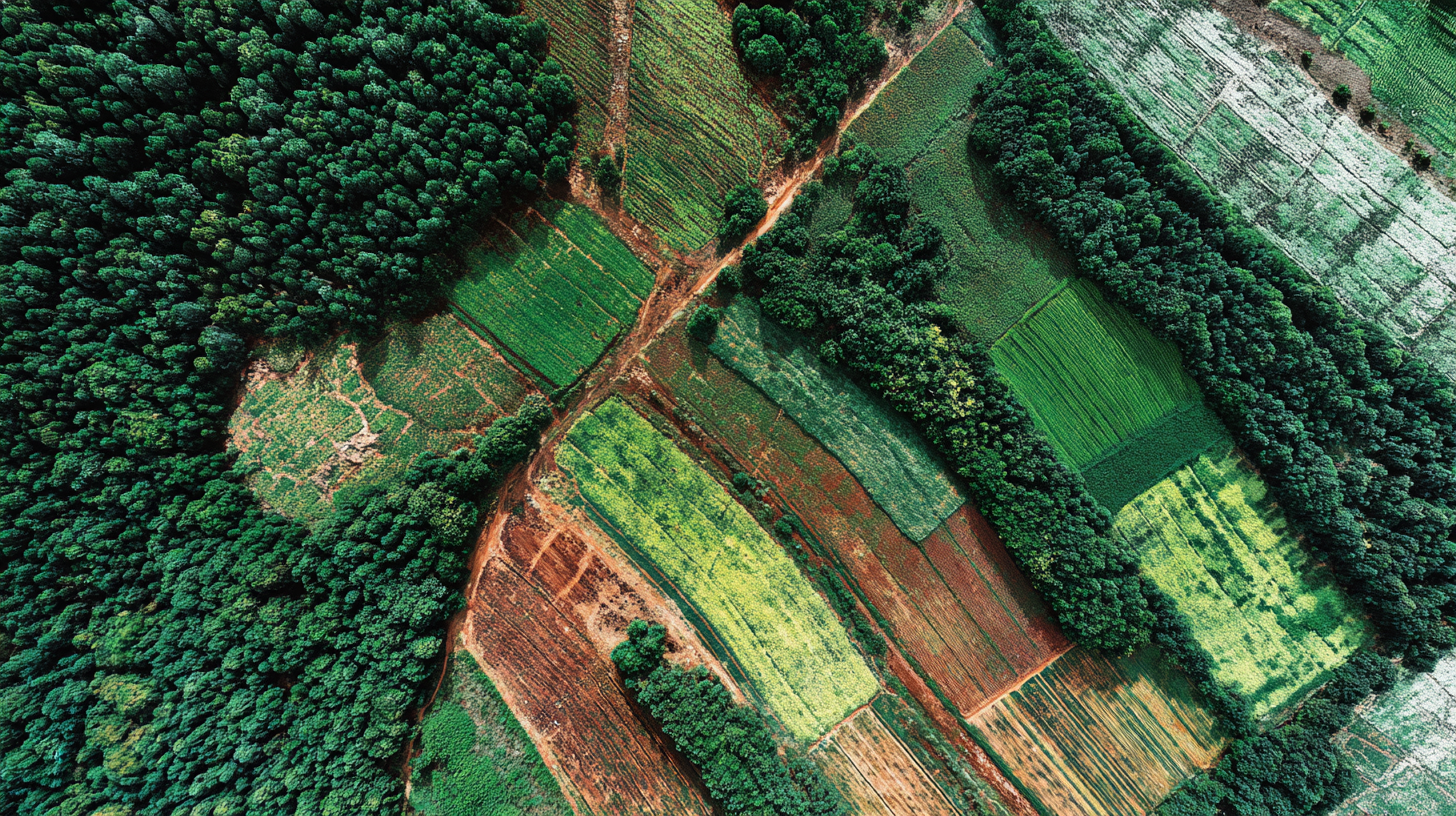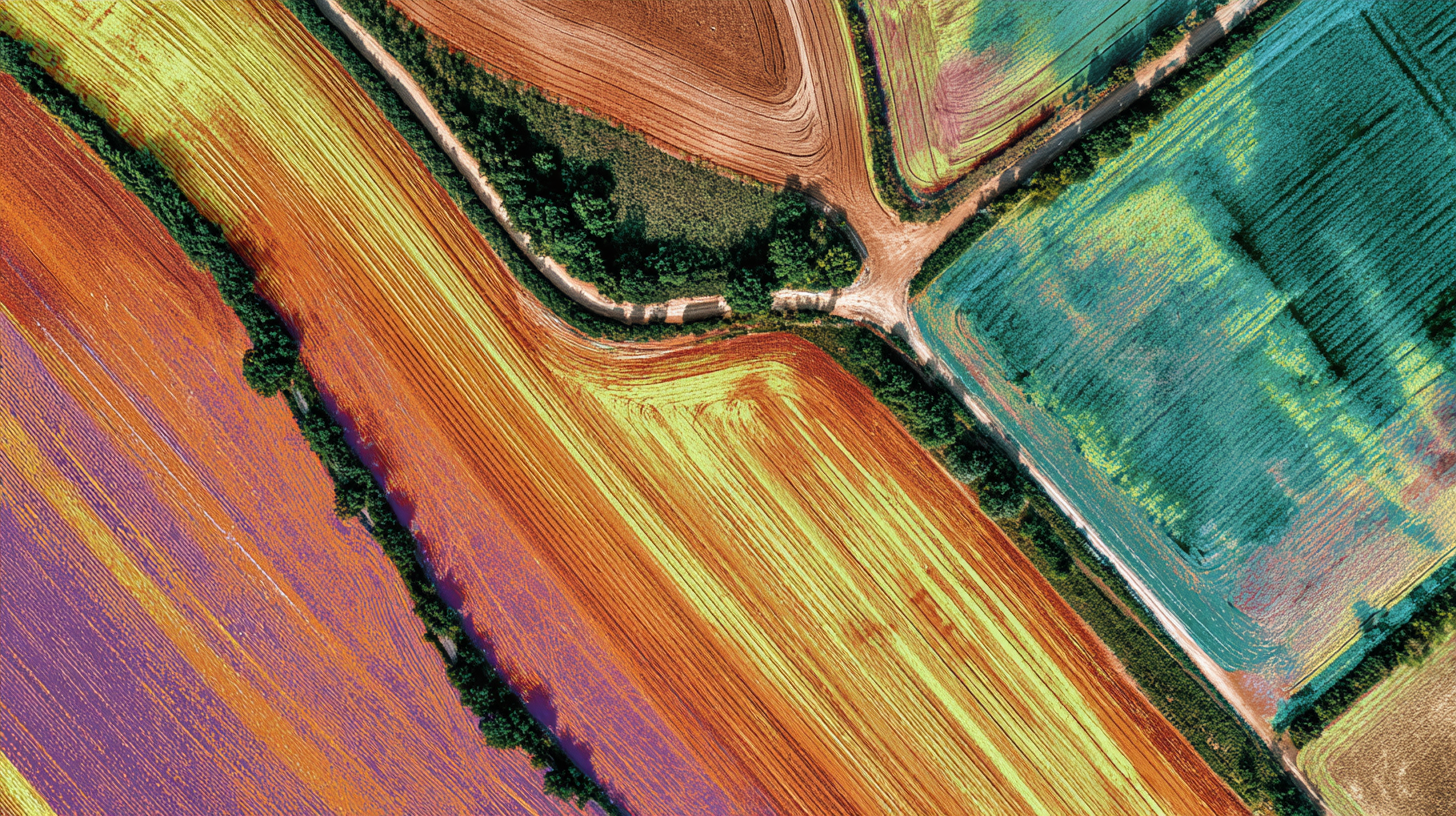
AI in Agriculture: Monitoring Biodiversity and Soil Regeneration
Agriculture is at a crossroads today, and your decisions as a farmer, landowner, or agricultural professional can bring about a significant change in how we treat our environment. One of the most innovative and transformational tools available to you is Artificial Intelligence (AI). As you navigate the complexities of farming in an ever-changing climate, AI presents an incredible opportunity to monitor biodiversity and promote soil regeneration effectively. In this article, we’ll explore the practical applications of AI in agriculture, focusing on how it can be applied to maintain biodiversity and regenerate soils in sustainable ways.
Understanding the Role of AI in Agriculture
You may wonder how AI fits into the agricultural landscape. Essentially, AI comprises algorithms and statistical models that can analyze vast amounts of data more efficiently than human capabilities. By processing information from sources like satellite images, sensors, and field data, AI can identify patterns, trends, and predict outcomes—all of which are invaluable in agriculture. This means you can apply deeper insights to your operations, which can enhance your yield while promoting ecological sustainability.

By leveraging AI, you can track biophysical parameters like soil moisture, temperature, and biodiversity indices more accurately. Ultimately, this integration of technology can lead to smarter, data-driven decisions that benefit both your agricultural productivity and the environment.
Monitoring Biodiversity with AI
What is Biodiversity in Agriculture?
Biodiversity refers to the variety of life forms within a specific ecosystem, which includes the range of plants, animals, fungi, and microorganisms that inhabit the environment. As someone involved in agriculture, you may be particularly interested in genetic diversity within crops, which can affect resilience to pests, diseases, and climate variations. Promoting biodiversity not only enhances ecosystem stability but also supports agricultural sustainability, providing you with the resources you need while minimizing environmental impact.
The Importance of Monitoring Biodiversity
Monitoring biodiversity is crucial for sustainable agriculture since it helps ensure the health of ecosystems on which we rely. It provides insight into how different species cohabit and interact with one another. Furthermore, higher biodiversity contributes to improved soil health, pest control, and pollination, all of which are vital for crop production. When you monitor biodiversity, you’re preparing your fields to cope with challenges like climate change and invasive species, making your operations more resilient.
How AI Enhances Biodiversity Monitoring
AI can elevate your biodiversity monitoring efforts significantly. You can use AI algorithms to analyze ecological data collected from remote sensing technologies or Internet of Things (IoT) devices. For instance, using satellite images and drones, you can gather information about vegetation cover and species distribution. AI systems can process this data rapidly, identifying patterns that might not be readily observable to the human eye.

Moreover, machine learning algorithms can be trained to recognize various species, enabling real-time insights into biodiversity levels within your fields. Armed with this information, you can make informed decisions about crop rotations, intercropping strategies, and other practices that support biodiversity.
Soil Regeneration: An Overview
What is Soil Regeneration?
Soil regeneration refers to the process of restoring soil health, fertility, and biodiversity, which have often been severely depleted due to traditional farming practices. For you, engaging in soil regeneration means implementing methods that improve soil structure, nutrient cycling, and water retention—essentially revitalizing the ground where your crops grow. The challenge, however, lies in knowing which practices to adopt and how to gauge their effectiveness.
The Need for Soil Regeneration
Declining soil health is a global issue, often stemming from factors like over-farming, chemical fertilizers, and erosion. Failing to address this can lead to reduced agricultural output, loss of biodiversity, and increased greenhouse gas emissions. So, regenerating soil not only contributes to better yields but is also integral to combating climate change.
The Role of AI in Soil Regeneration
AI can be pivotal in promoting soil regeneration through precision agriculture. By using AI-driven soil analysis, you can identify areas of nutrient deficiency, compaction, or erosion and tailor your interventions to suit specific conditions. For example, AI tools can analyze data on soil pH, organic matter content, and microbial activity to recommend suitable cover crops or amendments.
Additionally, satellite imagery powered by AI can help monitor changes in soil moisture levels and erosion rates. This enables you to apply corrective measures right when they’re needed, ultimately allowing for more effective soil management and regeneration strategies.

Practical Applications of AI in Biodiversity and Soil Regeneration
Predictive Analytics for Crop Management
Using AI to implement predictive analytics can fundamentally change how you manage your crops. By analyzing historical data alongside real-time information, AI can forecast potential yields and suggest optimal planting and harvesting times based on climate and soil conditions. This helps you minimize waste and ensures the maximum health of your crops.
AI-Driven Decision Support Systems
Decision support systems powered by AI can help you identify the best practices for maintaining biodiversity and regenerating soil. These systems can offer insights on crop selection, pest management, and soil amendments tailored to your specific location and agricultural practices. As a result, you can make more informed decisions, enhancing both your productivity and the overall ecological health of your land.
Integrating IoT Devices for Comprehensive Monitoring
By incorporating IoT devices in your agricultural operations, you can gather critical data that feeds into AI algorithms. Sensors can monitor moisture levels, temperature, and biodiversity indicators, sending data for real-time analysis. AI can then identify trends or anomalies, providing actionable insights that help you optimize your practices and intervene promptly when issues arise.
Using Drones for Mapping and Monitoring
Drones equipped with AI technology offer invaluable insights into both land health and biodiversity. These flying assistants can capture high-resolution images that are analyzed to assess plant health and biodiversity hotspots. You can identify where different plant species are thriving or struggling, allowing you to adjust your farming practices accordingly. Furthermore, drones can monitor soil erosion and other landscape changes, facilitating proactive management decisions.
Challenges in Leveraging AI for Agriculture
Data Privacy and Security Concerns
One of the challenges you may face when implementing AI in agriculture is ensuring data privacy and security. As you gather and analyze data, it’s critical to safeguard sensitive information to avoid potential breaches or misuse. Implementing robust cybersecurity measures is essential to protect your operations and remain compliant with data protection regulations.
The Skill Gap in AI and Agriculture
Another challenge lies in the skills gap regarding AI adoption. Not everyone in the agricultural sector is trained to use advanced technologies. To truly benefit from AI, you may need to invest in education and training for your team. Encouraging ongoing professional development will help bridge this gap, ensuring that everyone is adequately equipped to leverage AI effectively.
Technology Adoption and Investment Costs
Implementing AI-driven solutions may require financial investments that can be challenging, especially for smaller operations. Think about exploring collaborative opportunities such as agreements with tech companies or local agricultural cooperatives to mitigate costs. Leveraging shared technologies can often enhance your capabilities without overwhelming your budget.
Ethical Considerations in AI Deployment
Equity and Access to Technology
As you navigate the incorporation of AI into your agricultural practices, consider the ethical implications surrounding access to technology. While large farms might seamlessly integrate AI into their operations, smaller or marginalized farmers may face barriers. Working towards equitable access to tools and resources is vital to foster sustainability across diverse agricultural landscapes.
Transparency in Algorithm Development
Another ethical concern involves the transparency of AI algorithms. You have the right to understand how algorithms make decisions that impact your farming practices. Ensure that the AI solutions you adopt come from reputable sources and that you’re informed about the underlying processes. Knowing how algorithms operate can help you better trust and utilize their recommendations.
The Future of AI in Agriculture
Continuous Innovations and Research
As technology evolves, so will the applications of AI in agriculture. Continuous research will lead to new innovations that can enhance biodiversity monitoring and soil regeneration strategies. By staying updated on advancements in AI, you can ensure your agricultural practices are at the cutting edge, ready to meet future challenges.
Integration with Sustainable Practices
The future of agriculture will likely see a seamless integration of AI with sustainability initiatives. From organic farming practices to agroecology, AI can help you implement sustainable practices that not only yield better results but also contribute to environmental health. Embracing this mindset can position you as a leader in sustainable agriculture, cultivating both economic and ecological resilience.
Conclusion
AI presents exciting opportunities to monitor biodiversity and regenerate soils within agriculture. By leveraging advanced technologies, you can make informed decisions that not only enhance your productivity but also positively impact the environment. While challenges exist, and the ethical considerations are multifaceted, your commitment to integrating AI thoughtfully and strategically can lead to meaningful progress in sustainable farming practices.
Now’s the time to embrace this powerful tool. Your proactive approach can help pave the way for a greener future in agriculture.
If you found this article insightful, please give it a clap, leave a comment sharing your thoughts, and subscribe to my Medium newsletter for more updates delivered directly to you! Your engagement helps foster an enriching dialogue about technology’s role in agriculture. Thank you for joining this important conversation!
